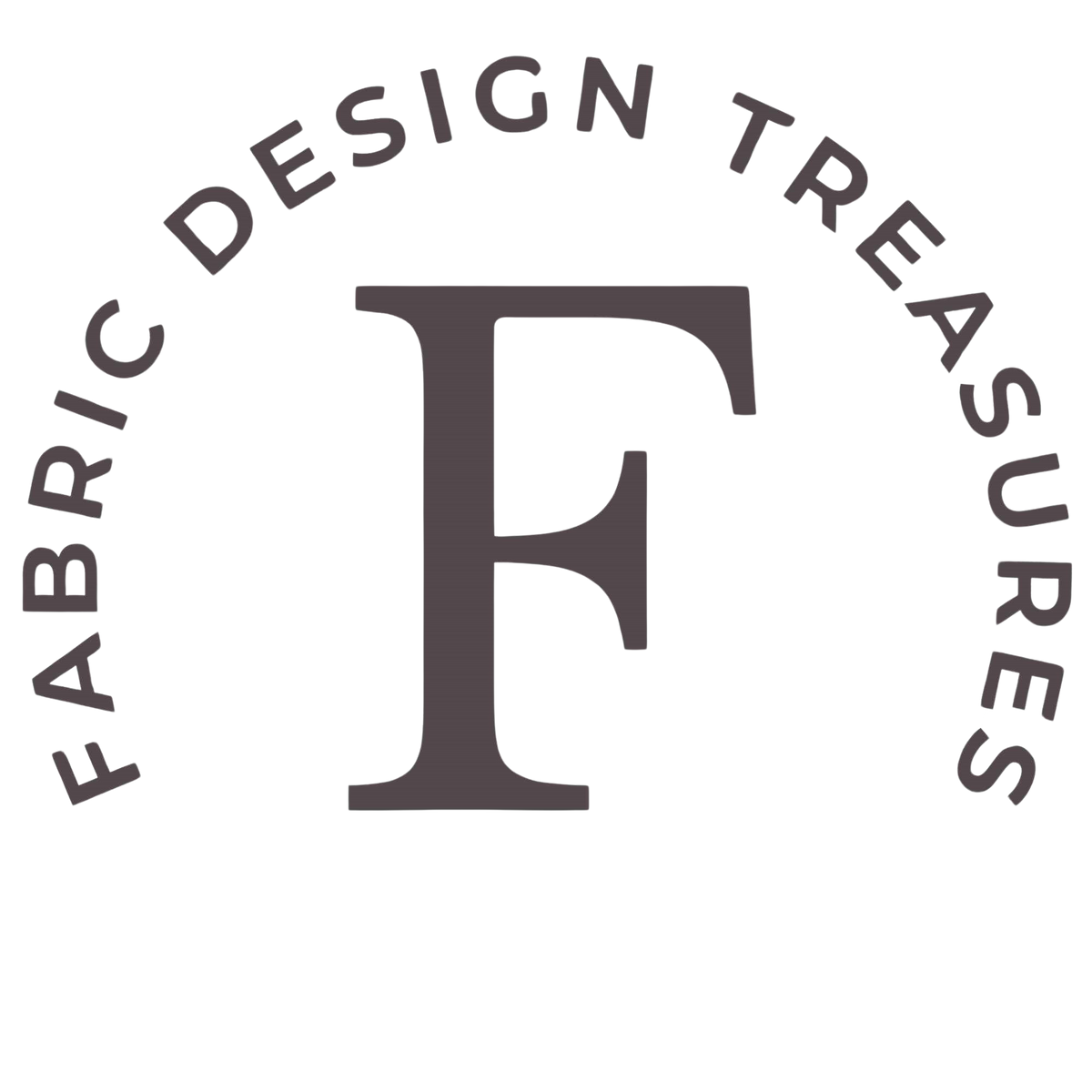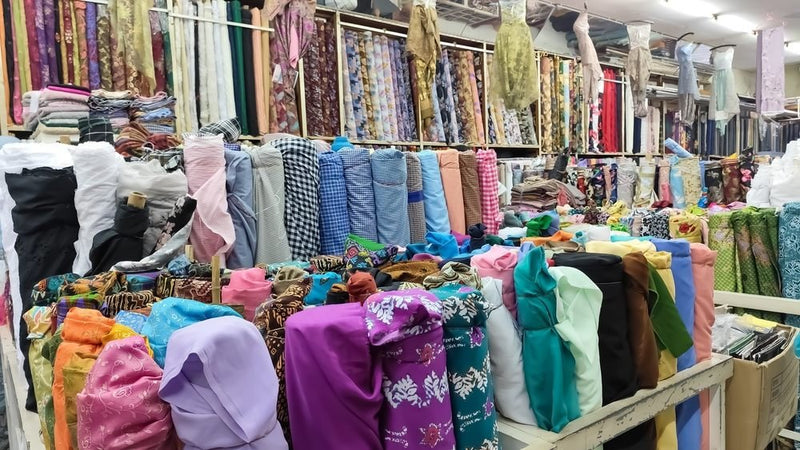Do you know the difference between fabric and textile? Most people don't. In fact, the two terms are often used interchangeably. But there is a big difference between the two! In this blog post, we will discuss what each term means and how they are different. We will also talk about some of the most common fabrics and textiles used in clothing and other applications.

What is a Textile?
A textile is broadly defined as the woven texture that is created with yarn or any other kind of fiber. In fact, the word textile comes from the Latin 'taxere' which means woven fabric. Usually, when people talk about textiles, they are relating it to the production of clothes, but that is not always the case.
A textile can be a finished or unfinished item and it may or may not have a particular use. For example, a textile might be a finished piece of cotton to make a shirt from. Textiles also have a huge amount of uses outside of the clothing industry. For example, they may be used for carpets or bags. Equally, it could be a general piece of material that has not yet been used for anything specific.
Some other materials like ropes or nets that are made from fibers are still considered textiles. However, most people are referring to pieces of material that will be used for things like clothes when they use the term textile.
In short, a textile is a general umbrella term that is often used to describe the clothing industry as a whole and any kinds of materials that will be used to create clothing. It also covers all materials that are made using weaving techniques, whether they are used for clothing or not. Not all textiles are fabrics because the word fabric has a more specific definition.
What is a Fabric?
Part of the definition of a fabric is similar to that of a textile. Fabrics are materials that are made by weaving, sewing or stitching techniques. They can be made from a variety of natural or manmade base fibers and most fabrics are woven or sewn. However, there are also non-woven fabrics available too.
The main difference between fabric and textile is that fabrics have a specific use. The word fabric comes from the Latin word 'fabrica' which means workshop, skillful trade, or art. Fabrics are finished materials that are designed for a specific use, like making a dress or a shirt. All fabrics come under the general umbrella of textiles.
Around the globe, the term fabric is used as a general word for any materials that are used for making dresses, so there can be some confusion.
In general, fabrics are materials that have been through additional processes. A textile refers to the base materials that are made from woven fibers, but as soon as other processes like stitching are applied in order to utilize those materials for making clothing, they are considered fabrics.
How To Tell The Difference Between A Fabric And A Textile
Now that you know the difference between a fabric and a textile, it is easy to spot the two. However, there are some key things to look out for:
- Fabric usually refers to items that are designed for clothing - like shirts, trousers, etc.
- Textiles can be made into clothes, but they can also be used for other things like bed sheets, carpets, etc.
- Fabric is made through weaving, sewing or stitching techniques, whereas textiles are only made from woven fibers.
- Fabric is a specific type of textile that has a clear use - clothing. All other textiles are not fabrics and have other uses, or no defined use.
Why Is The Difference Between Textiles And Fabrics Important?
The difference between textiles and fabrics is important because it helps us to understand the manufacturing process of clothes. It also allows us to communicate more effectively about materials when we are talking about the clothing industry.
When designers or buyers are discussing clothes, they need to be specific about what type of fabric or textile they are referencing. This will help to avoid any confusion and ensure that everyone is on the same page.
It is also important to understand the difference when you are looking for materials to make your own clothes. If you know what you are looking for, it will be easier to find the right type of fabric or textile for your needs.
Now that you know all about textiles and fabrics, you can make informed purchasing decisions without making mistakes with your materials.




Finally, a crystal-clear explanation! I’ve been using “fabric” and “textile” interchangeably for years, but your breakdown of textile = woven fibers and fabric = finished with a specific purpose just clicked. The Latin roots and real-world examples (carpets vs. shirts) make it so easy to remember. Thanks for clearing up the confusion—definitely sharing this with my sewing group!
https://freshwashhub.blogspot.com/
How can I get to know more about fabrics and textile
Please correct your textile definition. Suggest you consult a textbook//eg Textiles by Kadolph. Structures are woven, knit, or non-woven.
The above information was so helpful. Now I know the
difference between fabric/textile.